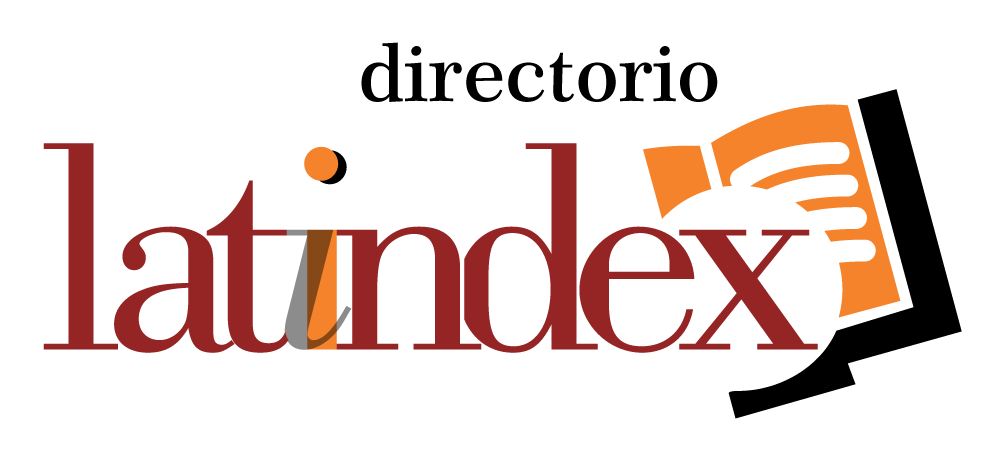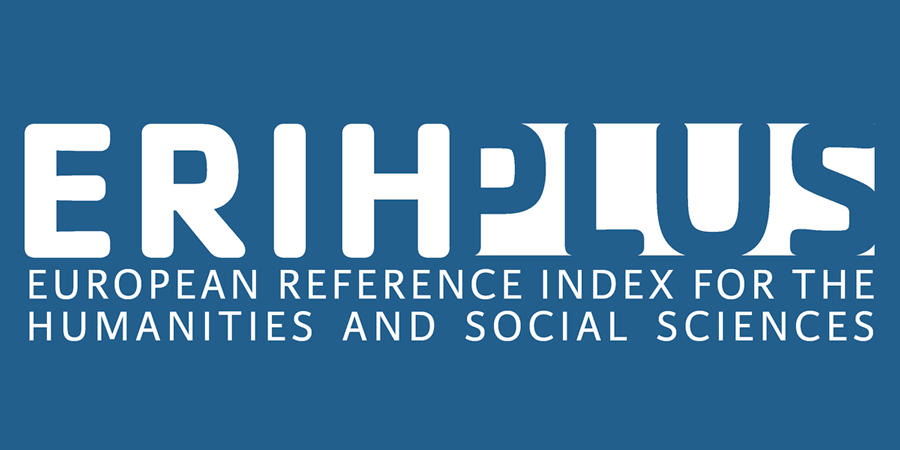Critical and creative thinking in English majors at university
DOI:
https://doi.org/10.63207/vyrky684Abstract
In the context of English foreign language learning, it is assumed that cognitive and metacognitive processes involved in the development of critical and creative thinking do not occur spontaneously but require explicit and systematic teachers’ intervention for activation. This brief research note describes a research study which aimed at exploring students’ use of the basic skills and strategies that foster this type of higher-order thinking in students of the English undergraduate programs at university. We followed an exploratory, descriptive and qualitative methodology with an empirical phase where we implemented didactic sequences aiming at activating critical and creative thinking. The results obtained through ad hoc instruments (semi guided questionnaires and checklists) showed that the didactic sequences implemented during the study favoured the use of specific critical and creative thinking strategies such as problem solving, elaboration of original ideas, and the activation of reflective and metacognitive processes and, in turn, promoted participants’ consciousness about the importance of generating authentic and creative productions both individually and collaboratively.To conclude, 21st century education demands flexible and eclectic syllabus design to actively develop critical and creative thinking skills in all levels and contexts.
References
Anderson, W. L., & Krathwohl, D. R. (Eds.). (2001). Una taxonomía para el aprendizaje, enseñanza y evaluación: Una revisión de la taxonomía de Bloom de objetivos educativos. Allyn & Bacon.
Bloom, B. S. (Ed.). (1956). Taxonomy of educational objectives: Handbook I: Cognitive domain. David McKay.
Byram, M. S. (1997). Teaching and Assessing Intercultural Communicative Competence. Clevedon, Philadelphia, Toronto, Sydney, Johannesburg: Multilingual Matters Ltd.
Choi, H. (2004). The effects of PBL (Problem-Based Learning) on the metacognition, critical thinking, and problem-solving process of nursing students. Taehan Kanho Hakhoe Chi, 34(5), 712-721.
Correal Torres C. A.. (2023). El pensamiento creativo-crítico para la resolución de problemas en el área de Lenguaje. Revista Latinoamericana Ogmios, 3(7) 26- 38. https://doi.org/10.53595/rlo.v3.i7.062
De La Torre, S. y V. Violant (2002) Estrategias creativas en la enseñanza universitaria. Una investigación con metodología de desarrollo. Creatividad y Sociedad, 3: 21-38.
Ennis, R. (1993). Critical thinking assessment. Theory into Practice, 32, 179-186.
Ennis, R. H. (2011). Pensamiento crítico: Reflexión y perspectiva—Parte I. Indagación: Pensamiento crítico en las disciplinas, 26(1), 4-18.
Esquivias, S. M. T. (2004). Creatividad: definiciones, antecedentes y aportaciones. Revista Digital Universitaria, 5(1), 1-17.
Facione, P. (2010). Pensamiento crítico: qué es y por qué es importante. California Academic Press.
Fisher, A. (2001, 2ª ed., 2011). Pensamiento crítico: Introducción. Cambridge University Press.
Glaveanu, V. (2018). Educating which creativity? Thinking Skills and Creativity, 27, 25-32.
Guilera Agüera, L. (2011). Anatomía de la creatividad. Ediciones FUNDIT - Escola Superior de Disseny ESDi.
Guilford, JP (1956). La estructura del intelecto. Boletín Psicológico, 53 (4), 267–293. https://doi.org/10.1037/h0040755
Halpern, D. F. (2013). Thought and knowledge: An introduction to critical thinking (5ª ed.). Psychology Press. https://doi.org/10.4324/9781315885278
Klimenko, O. (2008). La creatividad como un desafío para la educación del siglo XXI. Revista Educación y educadores, 11(2), 191-210.
Kramsch, C. (2001) Intercultural Communication. En R. Carter y D. Nunan. (eds.)The Cambridge Guide to Teaching English to Speakers of Other Languages. Cambridge: Cambridge Univ. Press.
Lipman, M. (1988). Philosophy and creativity. En Philosophy goes to school (pp. 228). Temple University Press.
López Aymes, G. (2012). Pensamiento crítico en el aula. Docencia e Investigación, 37(22), 41-60.
Masek, A., & Yamin, S. (2011). El efecto del aprendizaje basado en problemas en el pensamiento crítico. Capacidad de pensamiento: una revisión teórica y empírica. Revista Internacional de Ciencias Sociales, Ciencias y Humanidades, 2(1), 215-221.
Meller, P. (2019). Claves para la educación del futuro: Creatividad y pensamiento crítico. Editorial Catalonia.
Moura, T., Fleith, D., & Almeida, L. (2021). Desarrollo del pensamiento creativo en el ámbito educativo. Latinoamericana de Estudios Educativos, 17(1), 164-187. https://doi.org/10.17151/rlee.2021.17.1.9
Oliveras, A. (2000). Hacia la competencia intercultural en el aprendizaje de una lengua extranjera. Estudio del choque cultural y los malentendidos. Madrid: Edinumen, Memorias para el aprendizaje, Serie Máster E/LE Universidad de Barcelona.
Paul, R. W. (1985). Bloom’s taxonomy and critical thinking instruction. Educational Leadership, 42(8), 36-39.
Paul, R. (2005). The state of critical thinking today. Critical Thinking: Unfinished Business, 2005(130), 27-38. https://doi.org/10.1002/cc.193
Paul, R., & Elder, L. (2003). La mini guía para el pensamiento crítico: Conceptos y herramientas. Fundación para el Pensamiento Crítico. https://www.criticalthinking.org/resources/PDF/SP-ConceptsandTools.pdf
Romero, J. (2010). Creatividad distribuida y otros apoyos para la educación creadora. Pulso: Revista de Educación, (33), 87-107.
Salas-Acuña, E. O. (2021). Desarrollo de la creatividad en la educación: Array. Maestro y Sociedad, 320-329. https://maestroysociedad.uo.edu.cu/index.php/MyS/article/view/5466
Scriven, M., & Paul, R. (1992, noviembre). Critical thinking defined. Documento entregado en la Critical Thinking Conference, Atlanta, GA.
Sergi,G. & Depetris,S. (2022) Criticidad y creatividad en el nivel superior. Río Cuarto: Del Icalá, Libro digital, PDF) https://www.icala.org.ar/publicaciones/Libros-EdICALA/Sergi-Depetris-2022.pdf
Sergi, G. .& Sergi, V. (2023) Promover la criticidad y la creatividad como herramientas para la democratización del conocimiento en el aprendizaje de lengua extranjera en la universidad En D. Michelini, J. Wester, M. Bonyuan (Eds.) Democracia. Crisis, desafíos y perspectivas, Río Cuarto: Del Icala, (1) 426-433.
Sternberg, R. J. (2006). The nature of creativity. Creativity Research Journal, 18(1), 87-98. https://doi.org/10.1207/s15326934crj1801_10
Trujillo, F. (2005). En torno a la interculturalidad: reflexiones sobre cultura y comunicación para la didáctica de la lengua. Porta Linguarum, 4, 23-39.
Ulger, K. (2016). The Relationship between Creative Thinking and Critical Thinking Skills of Students. Revista de Educación de la Universidad de Hacettepe, 31,1. https://doi.org/10.16986/HUJE.2016018493
Villarini, A. (2014). Teoría y pedagogía del pensamiento crítico. Perspectivas psicológicas, 3-4 (IV), 35-42, http://pepsic.bvsalud.org/pdf/pp/v3-4/v3-4a04.pdf

Downloads
Published
Issue
Section
License
Copyright (c) 2025 Gabriela Ana Sergi, Daniela Pilar Paruzzo, Julia Inés Martínez, Julia Inés Martínez, Verónica Alicia Sergi, Nuria Virginia Soler Méndez

This work is licensed under a Creative Commons Attribution-NonCommercial-ShareAlike 4.0 International License.
Obra disponible bajo licencia Creative Commons 3.0. Atribución-NoComercial-CompartirIgual









